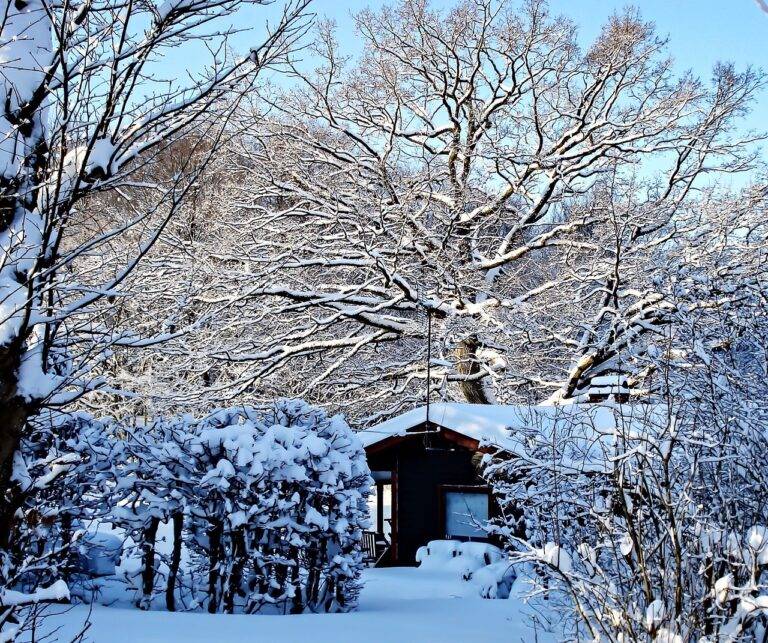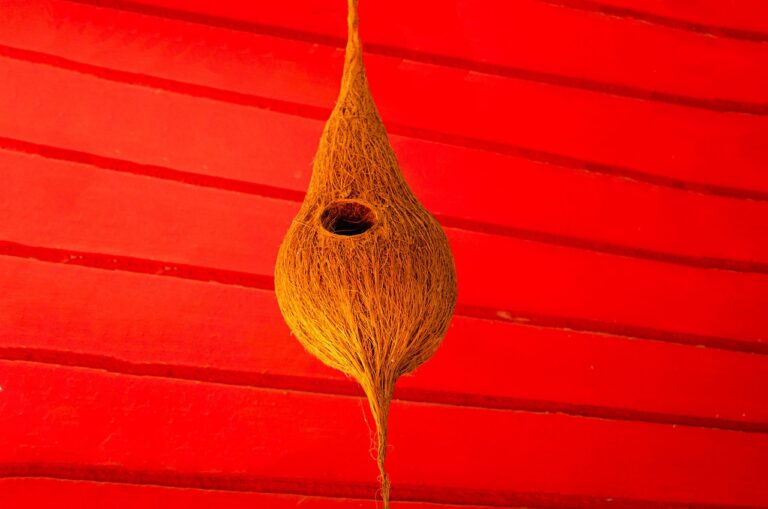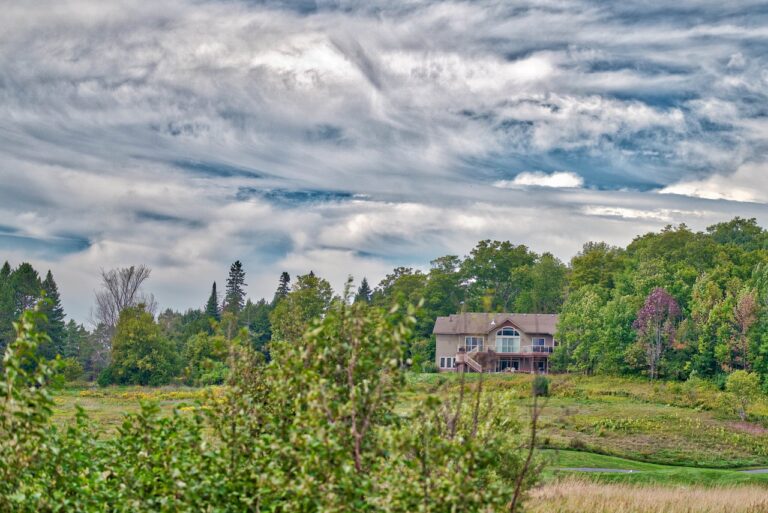Low-Maintenance Landscaping Ideas for Busy Homeowners
Welcome to our guide on low-maintenance landscaping ideas for busy homeowners! In today’s fast-paced world, many of us struggle to find the time and energy to maintain a beautifully landscaped yard. Fortunately, there are plenty of ways to create a stunning outdoor space that requires minimal upkeep. Whether you’re a seasoned gardener or new to landscaping, these ideas will help you transform your yard into a low-maintenance oasis.
1. Choose Native Plants
One of the easiest ways to reduce the amount of work required to maintain your landscaping is to choose native plants. Native plants are well-adapted to your local climate and soil conditions, meaning they require less water, fertilizer, and maintenance overall. Plus, they attract local wildlife like birds and butterflies, adding a touch of natural beauty to your yard.
2. Incorporate Mulch
Adding a layer of mulch to your flower beds and around trees and shrubs can help retain moisture in the soil, suppress weeds, and improve overall soil health. Mulch also adds a polished look to your landscaping and reduces the need for frequent watering and weeding.
3. Install Drought-Tolerant Plants
Consider planting a variety of drought-tolerant plants that require minimal watering, such as succulents, ornamental grasses, and lavender. These plants can thrive in hot, dry conditions and will save you time and money on watering throughout the year.
4. Use Low-Maintenance Hardscaping
Incorporating hardscaping features like stone pathways, gravel beds, and decorative rocks can add visual interest to your yard while reducing the need for regular maintenance. Hardscaping elements are durable, long-lasting, and require little to no watering or pruning.
5. Opt for Perennials
Planting perennials instead of annuals can save you time and effort in the long run. Perennials come back year after year, eliminating the need to replant your garden beds annually. Choose a variety of perennials with different bloom times to enjoy a continuous display of color throughout the growing season.
6. Group Plants by Watering Needs
To make watering more efficient and reduce waste, group plants with similar watering needs together. This way, you can water each zone accordingly without overwatering or underwatering certain plants. Consider installing a drip irrigation system to automate the watering process and save time.
7. Create Defined Garden Beds
Using edging materials like stone, brick, or metal to create defined garden beds can help prevent grass and weeds from encroaching on your plants. Not only does this add structure and visual appeal to your landscaping, but it also reduces the time spent on edging and weeding.
8. Prune Regularly
Regular pruning of trees, shrubs, and bushes not only keeps your landscaping looking neat and tidy but also promotes healthy growth and flowering. By staying on top of pruning tasks, you can prevent overgrowth and reduce the time needed for intensive trimming and shaping later on.
9. Invest in Low-Maintenance Lawn Alternatives
If maintaining a traditional grass lawn is too time-consuming for you, consider swapping it out for low-maintenance alternatives like artificial turf, ground cover plants, or ornamental grasses. These options require less mowing, watering, and fertilizing, giving you more time to enjoy your yard.
10. Use Garden Tools Wisely
Investing in high-quality garden tools and equipment can make your landscaping tasks easier and more efficient. Consider ergonomic tools, lightweight hoses, and a sturdy wheelbarrow to streamline your gardening efforts. Proper tool maintenance and storage will also prolong the lifespan of your equipment.
FAQs
Q: How can I design a low-maintenance backyard?
A: To design a low-maintenance backyard, focus on incorporating native plants, drought-tolerant species, hardscaping elements, and defined garden beds. Opt for perennials, group plants by watering needs, and invest in low-maintenance lawn alternatives to reduce upkeep.
Q: What are the benefits of low-maintenance landscaping?
A: Low-maintenance landscaping offers numerous benefits, including reduced water usage, lower maintenance costs, increased wildlife habitat, improved soil health, and a more visually appealing outdoor space. By adopting low-maintenance practices, busy homeowners can enjoy a beautiful yard with less effort.
Q: How often should I water my low-maintenance plants?
A: The watering requirements of low-maintenance plants vary depending on factors like weather conditions, soil type, and plant species. Generally, it’s best to water deeply but infrequently to encourage deep root growth and drought tolerance. Monitor the moisture level of the soil and adjust your watering schedule as needed.





